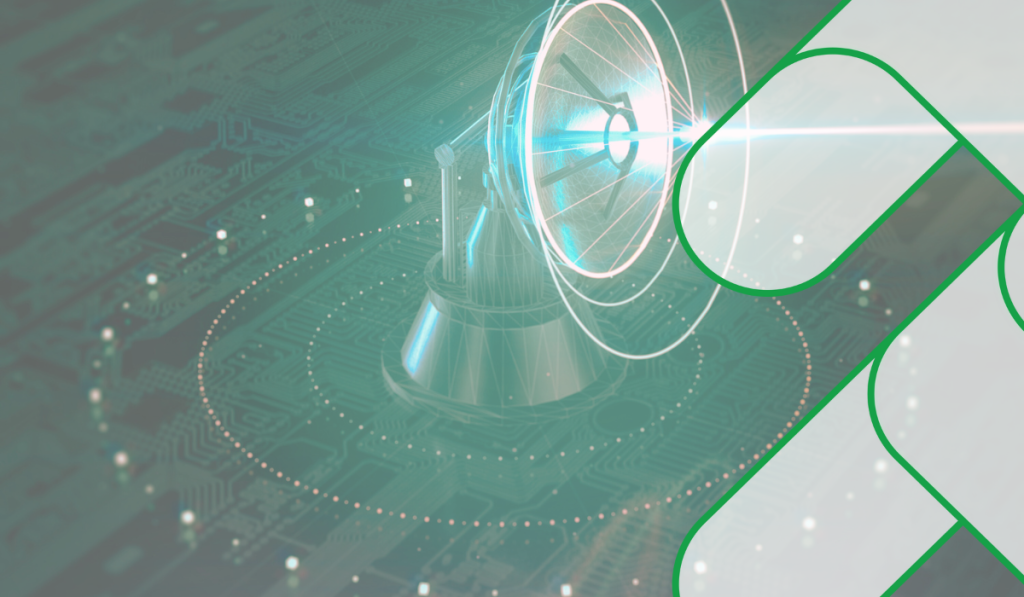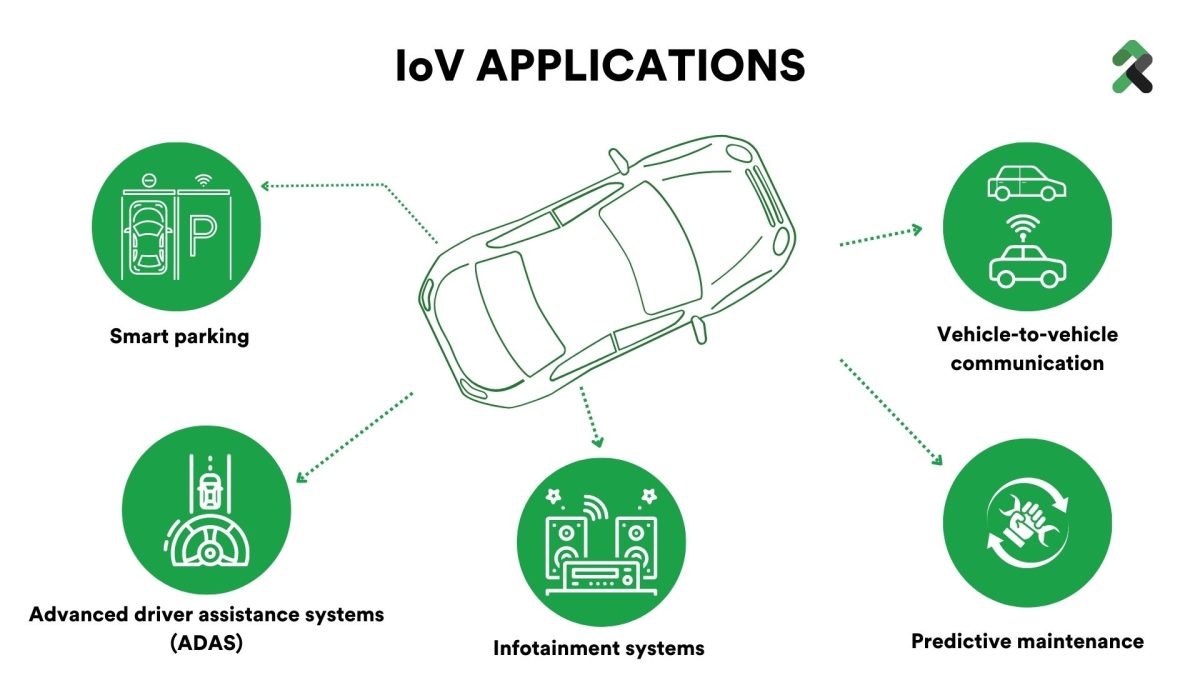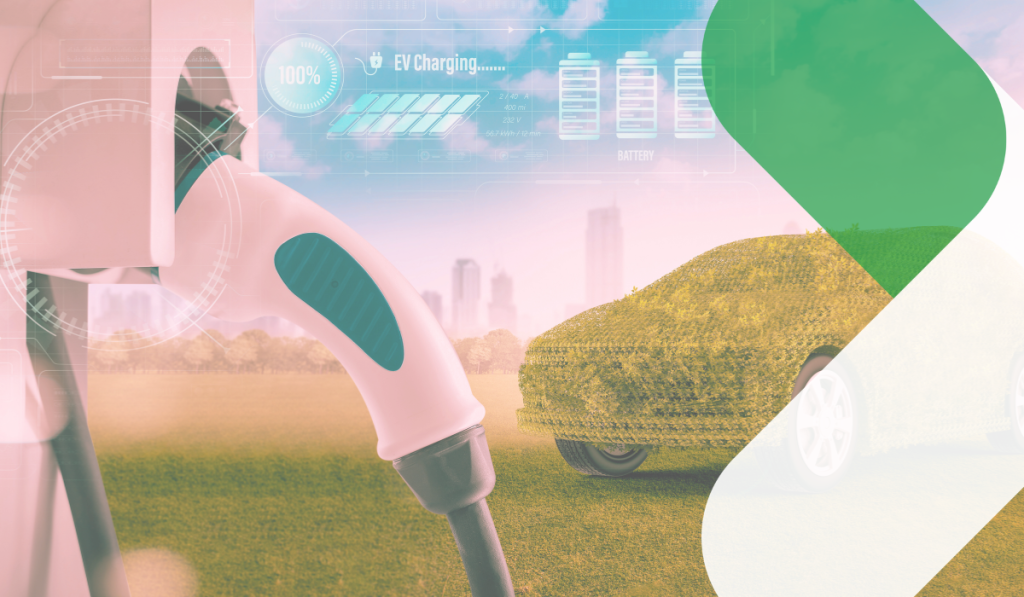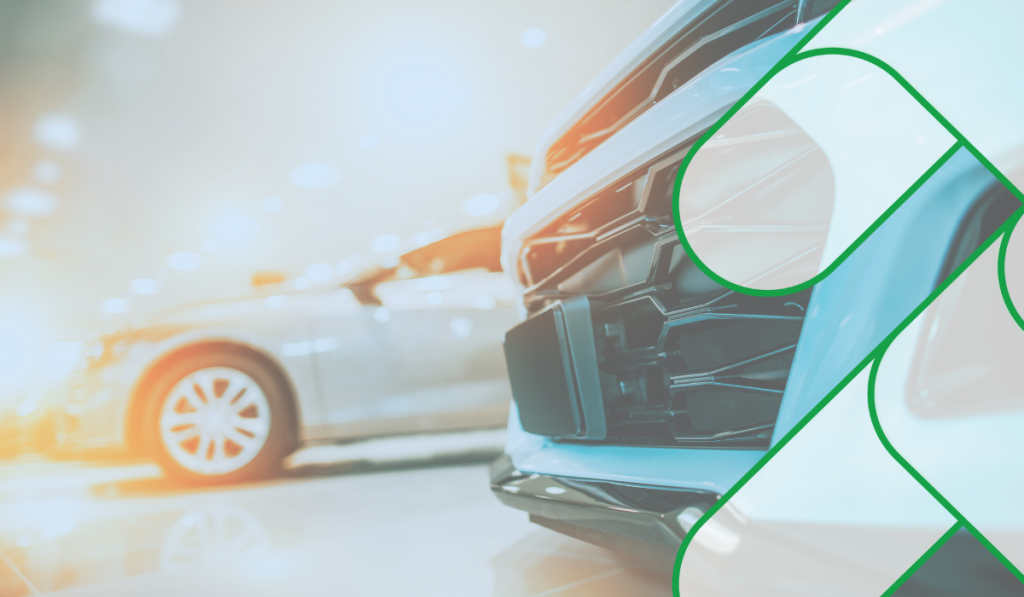
AI-Powered LiDAR: A New Era of Perception
How AI and ML enhance LiDAR technology by overcoming data processing challenges, enabling advanced applications in autonomous systems, robotics, and 3D mapping, and more.
The Internet of Vehicles (IoV) utilizes wireless networks to connect vehicles to nearby vehicles and other traffic infrastructure, allowing them to transmit floating data to a base area located at long distances. This technology enables users to locate their vehicles as well as those around them. Additionally, vehicles can detect the speed and distance of nearby vehicles and adjust their own speed accordingly. The global Internet of Vehicles market was valued at $145.24 billion in 2023 and was forecasted to reach $173.90 billion by the end of 2024.
The rising demand for Global Navigation Satellite Systems (GNSS) and Inertial Navigation Systems (INS), integral parts of the Internet of Vehicles market, is driving its growth due to increased vehicle security and safety concerns.
In this article, we’ll look into the concept of the Internet of Vehicles and explore what it takes to build the next-gen Automotive solutions for IoV.
The growing number of vehicles connected to the IoT and offering real-time information and entertainment to drivers and passengers while driving is accelerating the development of Internet of Vehicles (IoV) technology. Automobile manufacturers are also promoting applications for autonomous driving and advanced driver assistance systems (ADAS). As a result of these advancements, it is predicted that the global market for smart transportation will be worth $206.8 billion by 2028.
The Internet of Vehicles concept is based on the Internet of Things. The Internet of Vehicles Industrial Technology Innovation Strategic Alliance defines it as a large-scale network that employs wireless communication and information exchange via the intranet, inter-vehicle network, and in-vehicle mobile Internet. This system can facilitate intelligent traffic management, dynamic information services, and vehicle control applications.
By collecting and analyzing information, the Internet of Vehicles can enhance vehicle safety and efficiency and simplify fleet management. This solution can detect obstacles, traffic congestion, and roundabouts and adjust the driving route in real time. The sensors installed on the vehicle can also monitor the surrounding traffic conditions, providing fleet management personnel with real-time driving information to improve scheduling and management efficiency. Fleet operators can reduce fuel and operating costs with connected vehicle applications and solutions, and studies show that AI-assisted fleet tracking tools can effectively reduce accident rates.
With linked vehicles providing various new features and innovation opportunities, the Internet of Vehicles (IoV) is quickly taking center stage in the automotive industry. Different essential technologies—from GPS and sensors to wireless networks and artificial intelligence—are required to develop solutions that capitalize on this trend.
Automotive Open System Architecture, or AUTOSAR, is one of the essential technologies for creating IoV solutions. This open standard gives software developers for automobile electronic control units (ECUs) a uniform framework. Developers can use AUTOSAR to build modular, reusable software components for various cars and systems.
IoV solutions can benefit from a variety of features of AUTOSAR. One benefit is that since software components may be utilized in other projects, it helps to cut down on development costs and time to market. Since the software components may be standardized and used across several platforms, integrating various systems and technologies is easier.
Sensors and GPS are essential building blocks for IoV solutions since they track the vehicle’s location and gather information about its surroundings. Since they permit communication between cars and with other systems, including traffic management centers, wireless networks like 5G are particularly crucial.
Artificial intelligence (AI) is becoming increasingly crucial for creating fully and partially autonomous cars. AI systems can examine data from sensors and other sources to make decisions on how to operate the vehicle, increasing safety and effectiveness.
Remote diagnostics, which allows for preventive maintenance and repair and real-time vehicle performance monitoring, is another crucial technology. This can save downtime and assist in preventing breakdowns, boosting vehicle dependability and lowering costs for producers and buyers.
The importance of wireless charging for IoV solutions is also rising as it eliminates the need for wires when recharging the batteries of electric and hybrid vehicles. This facilitates the usage of these cars in urban settings where access to charging facilities might be restricted.
For a wide range of gadgets, including electric toothbrushes and cellphones, wireless charging is currently widely accessible. The technology merely operates on a larger scale in the EV industry. Electricity is delivered from one charger coil to another in the car using inductive charging.
Wireless charging uses a magnetic field to transmit energy via the air based on the electromagnetic induction theory. This means that power can be transferred from one device to another without physical contact as long as the charger and the car are adjacent. Charging can start as soon as the emitting and receiving coils are in alignment.
A wireless system needs charging pads that EVs park on top of to power batteries rather than cords. Since 2010, Siemens has been engaged in wireless charging research, developing a prototype and making strides in the field. It is receiving much interest from automakers, which intend to introduce new platforms starting in 2025 to support wireless EV infrastructure.
Contactless charging aims to improve EV drivers’ experience while boosting availability, safety, and reliability. Supporters believe the technology could be essential for autonomous vehicles.

Automobile manufacturers need the support of leading technology companies, start-ups, and software providers to compete in the modern marketplace. Unsurprisingly, each new automotive technology, including connected cars, calls for a distinct user experience and economic models. As a result, OEMs must collaborate with Tier 1 and Tier 2 businesses and use their software knowledge.
The Internet of Vehicles (IoV) will transform driving by improving convenience, safety, and comfort for drivers and passengers. The following are a few IoV uses that will fuel this revolution.
Predictive maintenance is one of the most important IoV applications. IoV systems can predict possible issues using data from sensors mounted in vehicles, enabling drivers to solve them before they become more serious. Extending the lifespan of the cars and reducing downtime can save both individuals and fleet owners money.
Locating a parking space can be difficult, but IoV can make it easier. IoV systems can offer real-time information regarding open spots with sensors in parking lots and on-street places. By using this information, drivers can discover and book a parking space in advance, saving time and stress from finding a spot.
The IoV is improving the sophistication and efficiency of ADAS. These systems can employ cameras, sensors, and other technology to give drivers up-to-the-minute information on traffic, weather, and road conditions. Additionally, they can help with parking, emergency braking, lane assistance, and making driving safer and more comfortable for everyone.
IoV enhances the in-car entertainment experience with connected infotainment systems. Drivers and passengers can access various entertainment options via connected infotainment systems, such as music, movies, and games. Additionally, these systems can offer real-time traffic updates, weather forecasts, and other data that can assist drivers in making judgments while driving.
IoV enables vehicle-to-vehicle communication as well. Vehicle-to-vehicle (V2V) communication technology lets drivers get real-time updates on other on-the-road vehicles’ positions, speeds, and directions. Lowering the likelihood of accidents and empowering drivers to make more educated choices while driving can increase safety.
As technology advances, we anticipate many more cutting-edge uses to enhance everyone’s mobility, safety, and sustainability.
Although the Internet of Cars is still in its infancy, there is much room for future advancements. Here are some possible future improvements, along with the advantages and difficulties they may present:
Autonomous car usage will rise as technology advances; we may anticipate an increase in autonomous vehicles on the road. Numerous advantages might result from this, such as lessened road congestion, higher safety, and greater mobility for those unable to drive. Nevertheless, there are several difficulties related to autonomous vehicles, such as legal restrictions, security issues, and the requirement to build new infrastructure to support these vehicles.
AI algorithms are now employed to enhance the performance and safety of automobiles, but in the future, we can anticipate even more advanced algorithms. Vehicles can make more sophisticated judgments using these algorithms, such as driving through traffic or avoiding obstacles. These algorithms may result in better fuel economy, decreased emissions, and higher safety. However, there are drawbacks to more advanced AI, such as worries about privacy and the possibility that these systems could be hacked or otherwise controlled.
As IoV technology develops, we may anticipate the emergence of unique and creative use cases. IoV technology could enable new mobility-as-a-service business models or enhance freight transportation logistics. These use cases might result in lower transportation costs, more productivity, and better sustainability. However, these new use cases present some difficulties, such as the need to create new business models and regulatory and legal obstacles.
IoV has a promising future. We anticipate many more cutting-edge applications that will further improve driving experiences and enable new business models as more vehicles become linked and autonomous. However, as with any innovative technology, some issues, such as cybersecurity, privacy, and data ownership, must be resolved.
Cooperation between multiple stakeholders, including vehicle manufacturers, technology companies, governments, and regulators, is necessary to develop solutions for the Internet of Vehicles. We can fully utilize IoV and build a more interconnected, influential, sustainable mobility future.

How AI and ML enhance LiDAR technology by overcoming data processing challenges, enabling advanced applications in autonomous systems, robotics, and 3D mapping, and more.

Offering insights into how the latest AI advancements will impact consumers, manufacturers, and the broader environment in 2025 and beyond.

Showcasing the environmental and economic benefits of integrating sustainable materials and robust recycling practices into the automotive value chain.